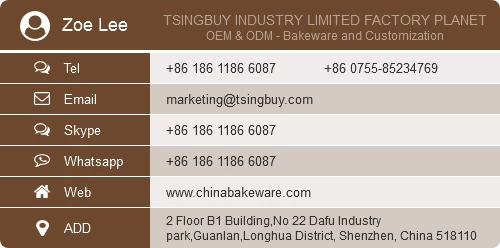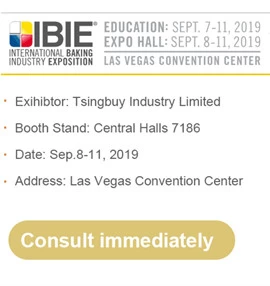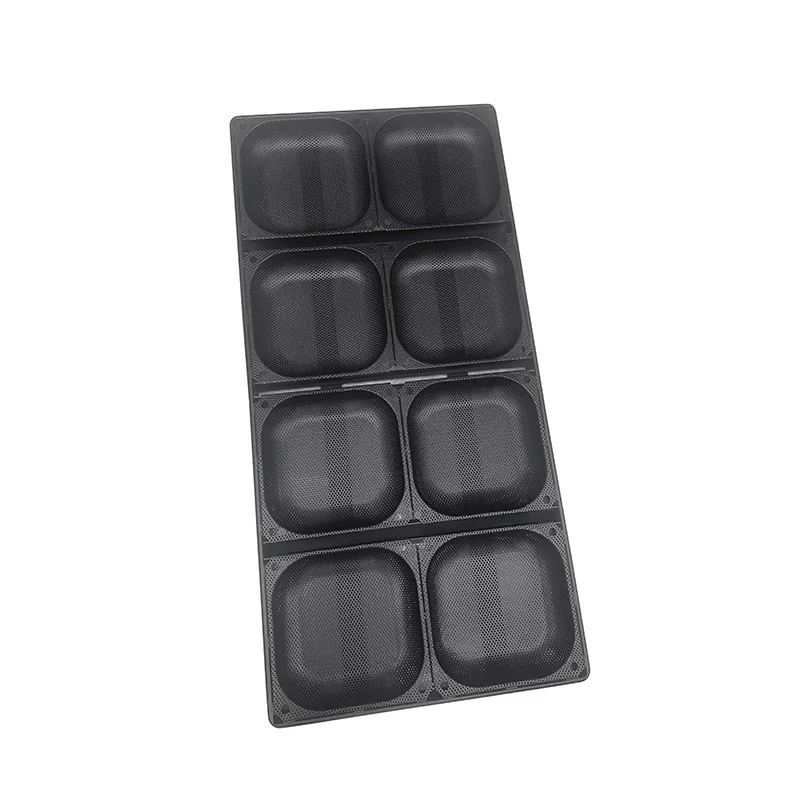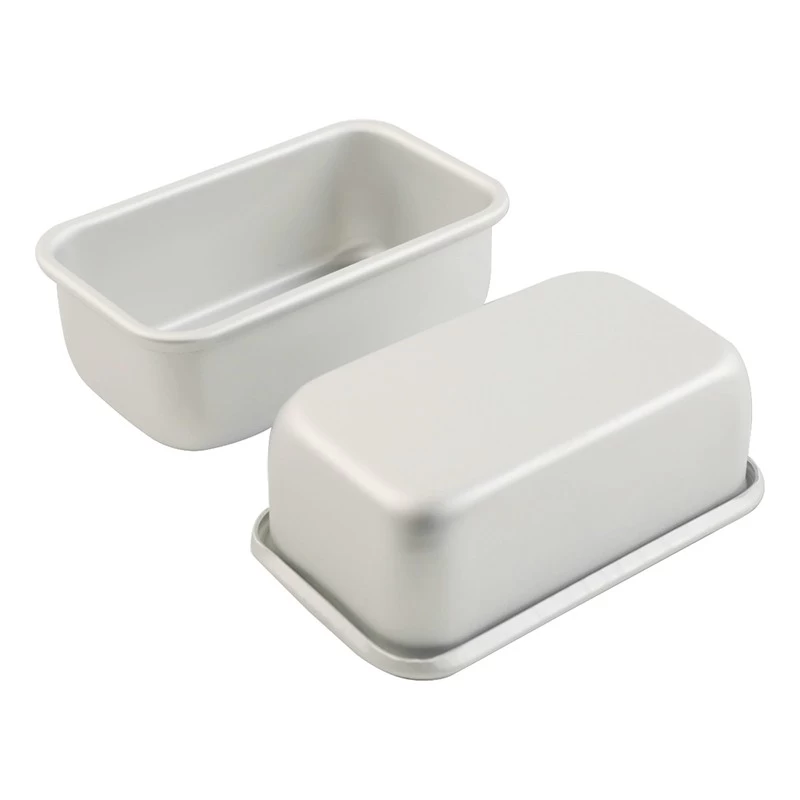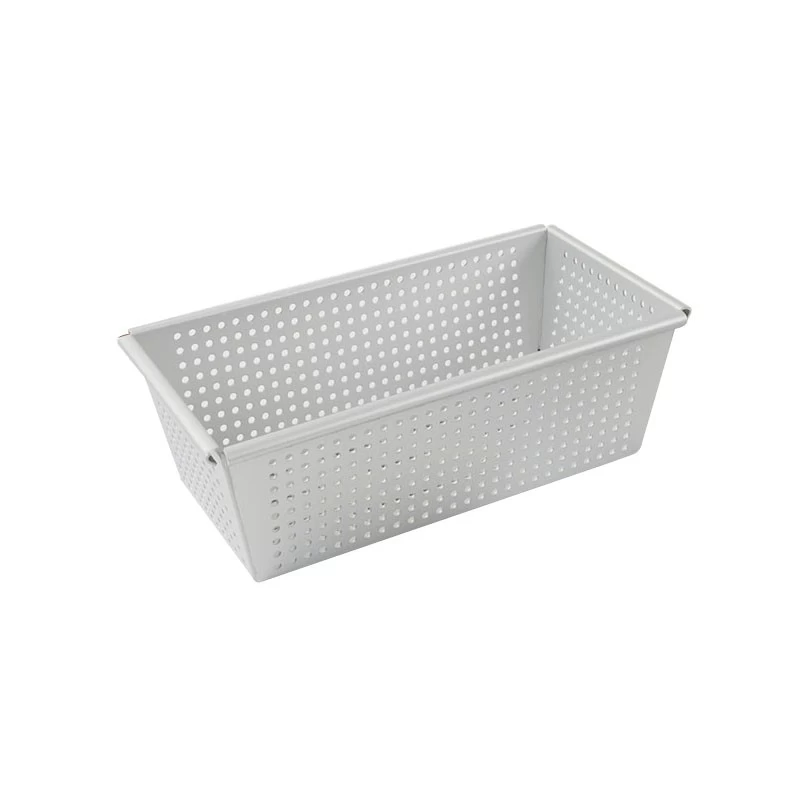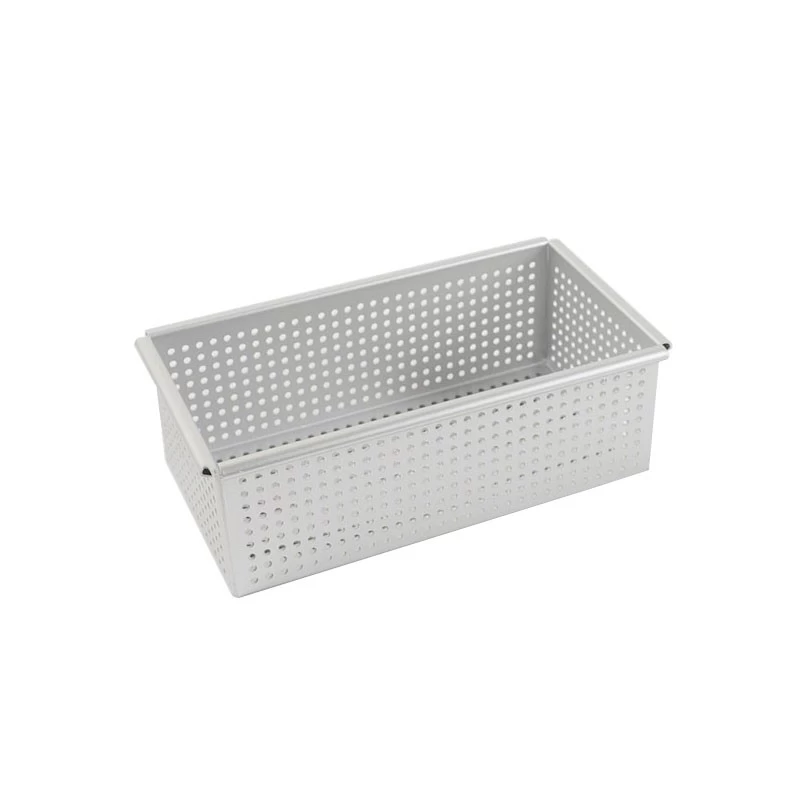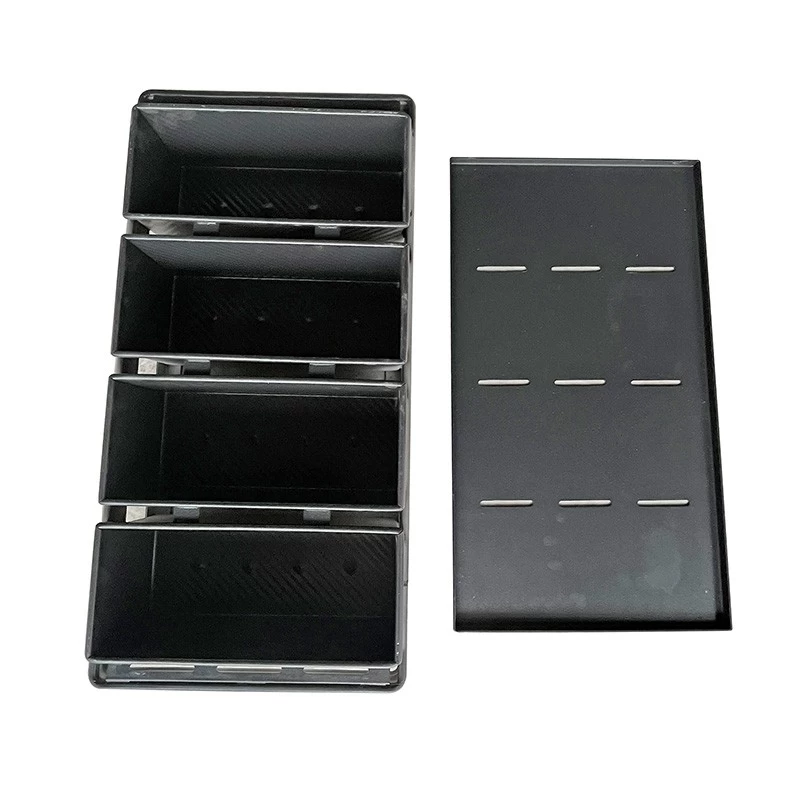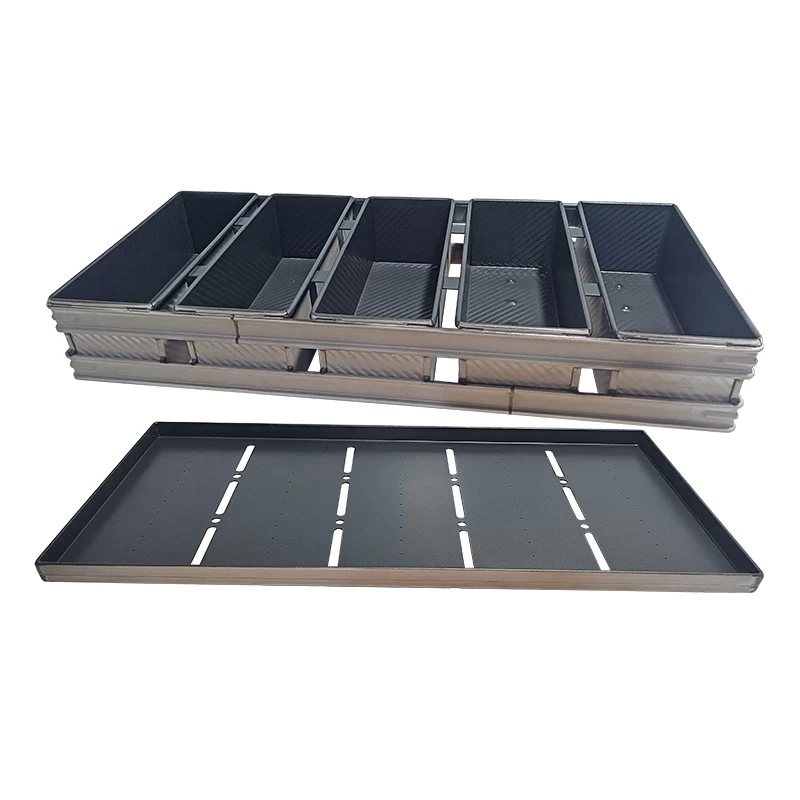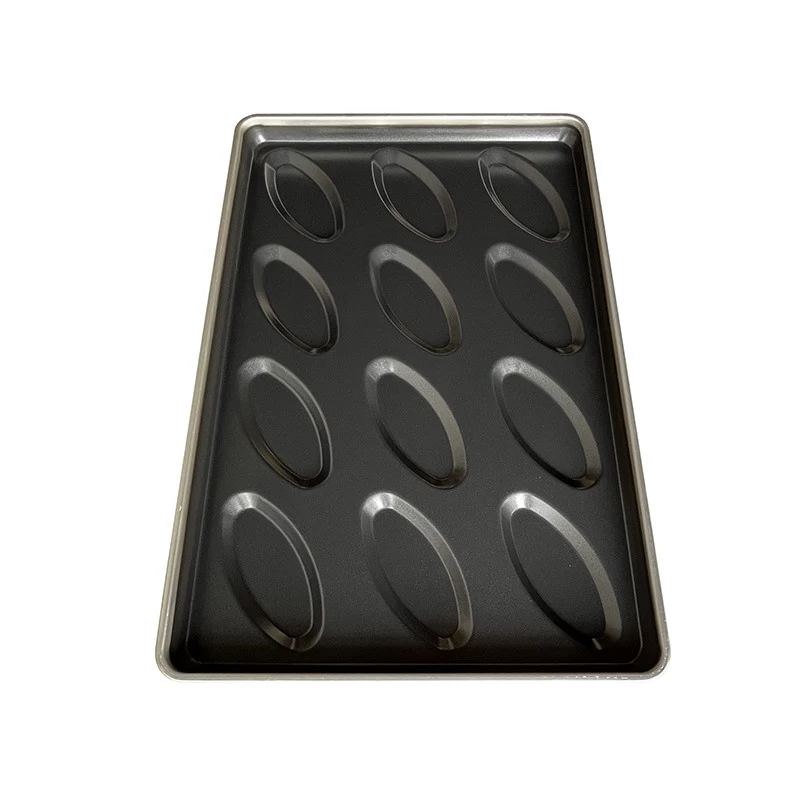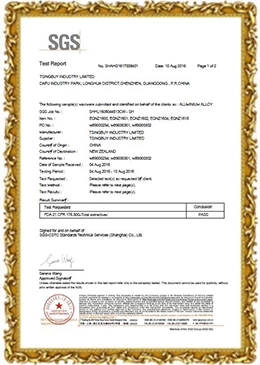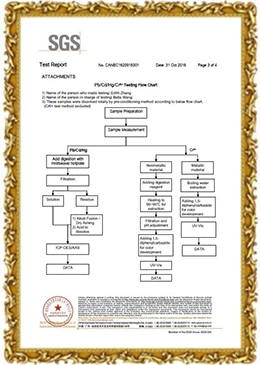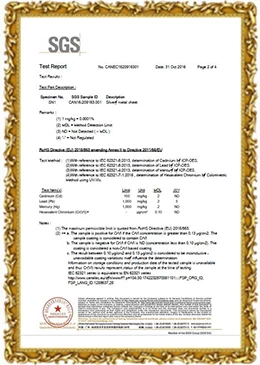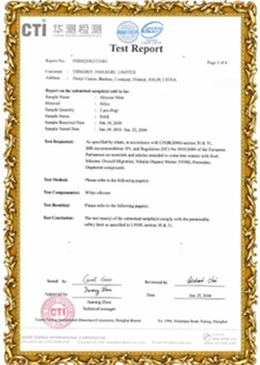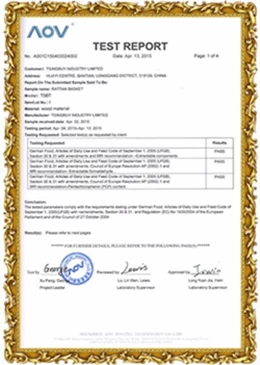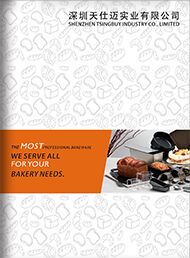What are the differences in bread making between different fermentation methods?
When you order a cocktail, you may encounter a thin rim of salt or sugar on the side of the glass. In mixing, the material at the end of this circle is called rimming. Rimming enriches the cocktail's taste and makes it visually attractive.
Many bartenders will create rimming of their own, and of course, they will not undermine the belief of the bartender community that they will not rob the wine of its own flavor and fragrance. So material selection is also very important. Just like making bread, many bakers are now willing to use different "fermentation" to make bread,which are similar to rimming in cocktails, meaning to enrich the taste and texture, and ensure the overall coordination with bread. So what's the difference between different breads with different bread "rimming"? China proofing basket manufacturer - Tsingbuy Industry Limited are sharing you the following information.
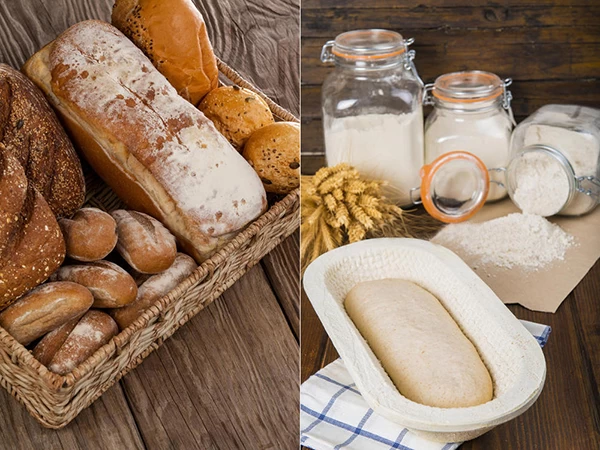
Direct Fermentation
Firstly, we introduce the direct fermentation method briefly. As the name implies, the direct fermentation method is to directly make bread and toast materials into a one-time mixing method. During that, we will add special yeast for bread to ferment bread directly, which is several times shorter than before. The direct method can be completed in 2-3 hours at the fastest and 5-6 hours at the slowest. It's the most basic way to make bread. Now it's very common.
Advantages: short fermentation time and high efficiency.
Disadvantages: Easy to be hardening (aging), poor soft and ductile toast.
Suitable for bread type: toast or snack bag with rough taste

Square, rectangle, oval and round proofing basket are the most popular shapes for dough fermenation which can also shape the surface of dough and leave it after baking. You can get such bannetons from Tsingbuy rattan bannetton basket factory.
Indirect Fermentation
It is the general termof “rimming” for all the different breads, referring to the first part of flour, water and yeast kneading and fermentation together. After making, put into the main dough, continue kneading and fermentation. According to the shape of fermentation process, it can be divided into liquid fermentation method, medium fermentation method and soup fermentation method.
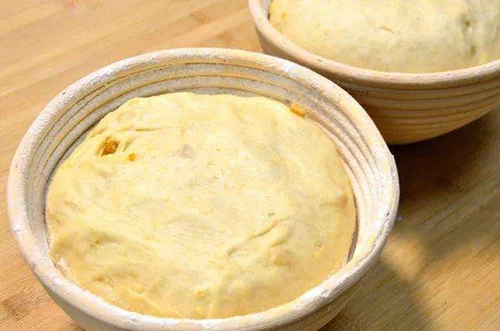
(1) Liquid Fermentation Method
The liquid fermentation method is a method of mixing 30% to 40% of the total flour with water in a ratio of 1:1, and then adding a small amount of yeast and salt. Because the state is liquid (pasty), it is called liquid fermentation. If low temperature fermentation takes 12 to 24 hours, normal temperature fermentation needs more yeast, fermentation 30 to 60 minutes.
Advantages: it can delay the hardening (aging) speed of bread; extend well; after low temperature and long time fermentation, the liquid fermented dough is fermented again, and the taste is more intense.
Disadvantage: All processes take a long time.
Suitable bread type: Low temperature liquid fermentation method is suitable for fat-free bread or hard bread; Normal temperature and short time fermentation is suitable for low fat pastry bread or fermented pastry.
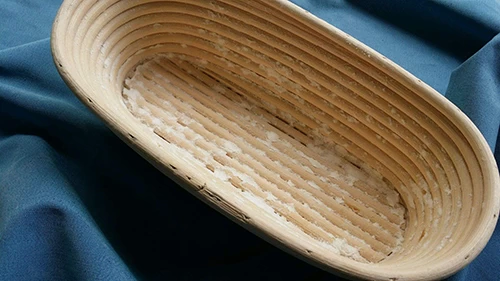
(2) Soup Fermentation Method
Soup fermentation is a production method evolved from direct method. The operation method of soup fermentation is to mix some flour with water and then heat it to gelatinize starch, which is called soup fermentation paste. After the soup fermented paste are cooled, the remaining bread materials are added to ferment and bake. One of the most classic is the soup fermentation at 65 C, which is heated to 65 C and then used directly. At this time, the paste is the best in color and effect. Note: Soup fermented paste should not exceed 25% of the total weight of dough.
Advantages: After starch gelatinization, it can absorb more water, the water content of dough increases, the bread will be more soft, and the shelf life will be prolonged.
Disadvantage: The heating temperature is not easy to be controlled and the operation is difficult.
Suitable bread type: soft toast, bread with strong filling flavor
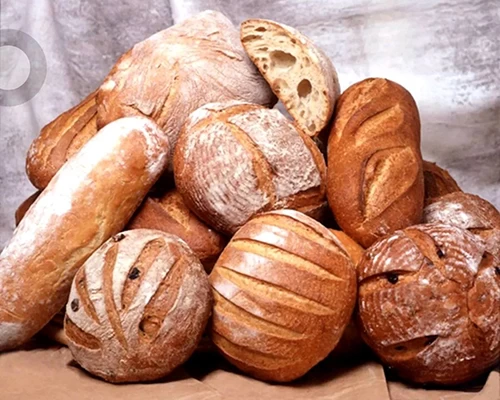
(3) Half Fermentation Method
The flour content of medium-sized dough is generally more than half of the total flour content (50%-100%). Water and yeast are added to the flour (containing more than half of the total flour content) to continue kneading and fermentation. And then put into the main dough and continue to mix, which is the bread making method of many mass-producing bread factories.
Advantages: half fermentation method has longer fermentation time, stronger acidity and unique flavor, and strong dough moulding ability.
Disadvantage: The equipment and space needed for half fermentation method need to be prepared beforehand; the process takes a long time.
Applicable bread types: staple bread and snack bread. Attention is paid to the fact that 70% to 80% of the total flour content must be selected for the medium flour content of staple bread, and the amount of sugar should be added to the snack bread on this basis, which is about 30% of the flour content.

(4) Sour Dough Method
Sour dough method is one of the most popular fermentation method. It is easy to operate. First, use flour, water and yeast are used to make a dough for fermentation. After fermentation, 20% to 30% of the total flour content in the formula is put into kneading. The unused sour dough can also be stored in the freezer.
Advantages: completely release the wheat flavor in dough; long shelf life.
Disadvantage: It takes a long time to make a piece of sour dough.
Suitable for bread type: good chewing, wheat-flavored bread.

Whatever fermentation method of bread making is used, the moisture content of dough must be mastered. The best condition of dough is that it feels slightly wet and soft and tough. The "fermentation" of bread making will make bread more flavor and change the organization of dough. If you like bread, you should master the "fermentation" of bread.
About Premium banneton basket factory
Tsingbuy China premium banneton basket fatory is providing 100% handmade and low price bread banneton basket. Banneton basket customization in shape, size, color, logo, and packing are all available in the proofing basket manufacturer in China. Contact us with any of your needs and requirements in banneton basket.
As an experienced China bakeware manufacturer, the factory has some standard shapes and sizes of bread basket. There are shapes of round, rectangle, square and heart with differnt sizes. Customized shape and size can also be made.

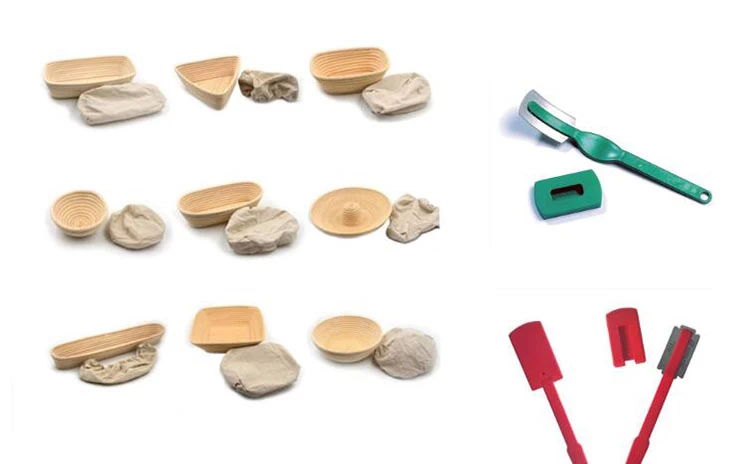
Contact us if you are in the market for bannetons.
